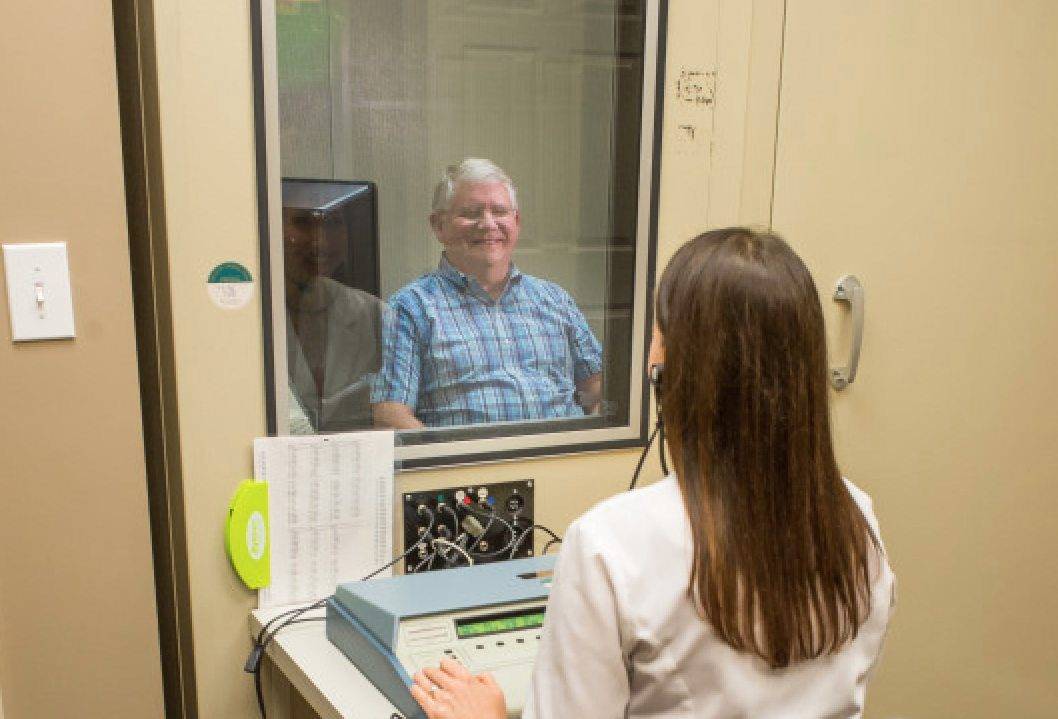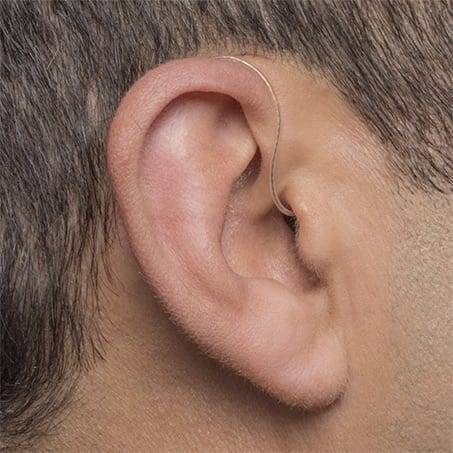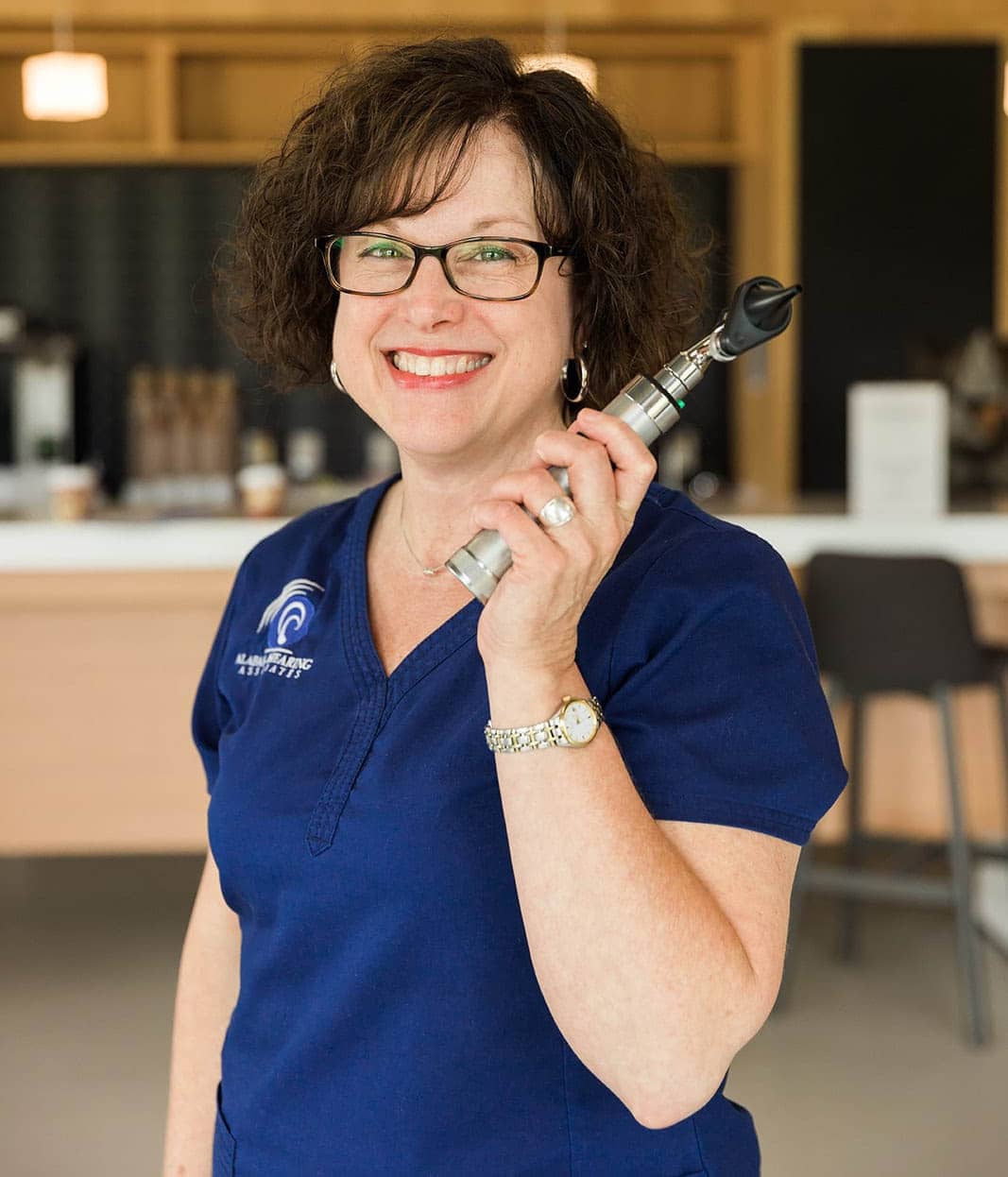
03/21/2023 | Local News, Patient Resources
Although the world is a strange place right now, our key focus remains on our patients and the people in the Madison and Huntsville communities. And while we feel that hearing is an essential thing, we are also aware that our practice is not a life-sustaining...

07/10/2020 | Local News, Patient Resources
The last several months have felt like a far-fetched Hollywood plot as our world has completely changed. Who would have thought we’d all be wearing face masks, watching our church services on Facebook or YouTube, celebrating family milestones by Zoom, and avoiding...

07/09/2020 | Hearing Loss, Local News, Patient Resources
Although face masks are a problem for people with hearing loss, I want to emphasize our audiology clinic fully supports face coverings to limit the spread of COVID-19. Yet, face masks create a barrier in communication for individuals with hearing loss. One of the most...

04/24/2020 | Local News, Patient Resources
It is amazing how quickly the world has changed! In preparing to re-open, we realize that the “new normal” may take much longer than we would have hoped. At Alabama Hearing Associates, we are implementing best practice guidelines from the CDC, our national...

04/03/2020 | Local News, Patient Resources
As you may know, Governor Ivey enacted a closure of nonessential business from March 27 through April 17. Our President has already urged Americans to continue distancing themselves 6 ft from others through April 30, and our doctors believe this will likely be...














